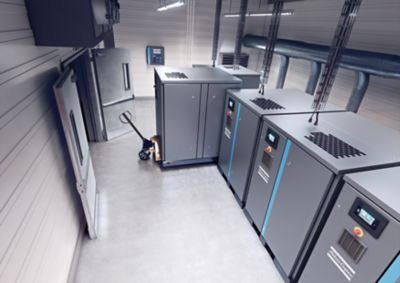What no one tells you about life cycle cost of compressors
Understanding life cycle cost
The
The
The
The Life cycle cost, also called total cost of ownership, is the cost you pay for buying, maintaining and operating the equipment for its total life.
The LCC for compressed air includes everything from the initial equipment cost, installation cost and related maintenance costs which includes service, spare parts and the cost of electricity usage.
However, it should be noted that LCC analysis should be carried out only after productivity, reliability and safety aspects are met.
How compressor life cycle costs are built up
Understanding types of energy cost
There are different types of energy costs which not only impact the profits and plant efficiency but they also impact the quality of the end product. In other words, these are the target opportunities which help to earn more by right prioritisation.
Earning opportunities by optimizing the following:
Load Power - Power consumed to generate compressed air at certain pressure with required flow.
Unload Power - Air compressor runs in idle condition without generating any useful compressed air for internal process.
Blow off losses - Every time the machine has to go into idle conditions, it depressurises and can lead to loss of valuable compressed air to atmosphere.
Pressure drop - Every 1 bar(g) increase in pressure consumes 7% more power and hence if there is a pressure drop in the system, it incurs losses
Air leakages – Studies show that compressed air leakages in a plant can use approximately 10 - 30% of the compressed air energy and thus result in huge power losses coupled with operating losses.
Every industry aims to measure and reduce unnecessary costs by adopting several best practices and latest technologies. One such practice to quantify the compressed air leakages is No Load Test. Atlas Copco energy managers recommend that the air leakage percentage should always be less than 5% to run a plant at optimum energy levels. By conducting this simple No Load Test, which does not require any additional investment, and by focussing on air leakages can provide you with valuable insights on potential savings in your compressed air plant, subsequently adding substantially to your plant’s bottom line.

